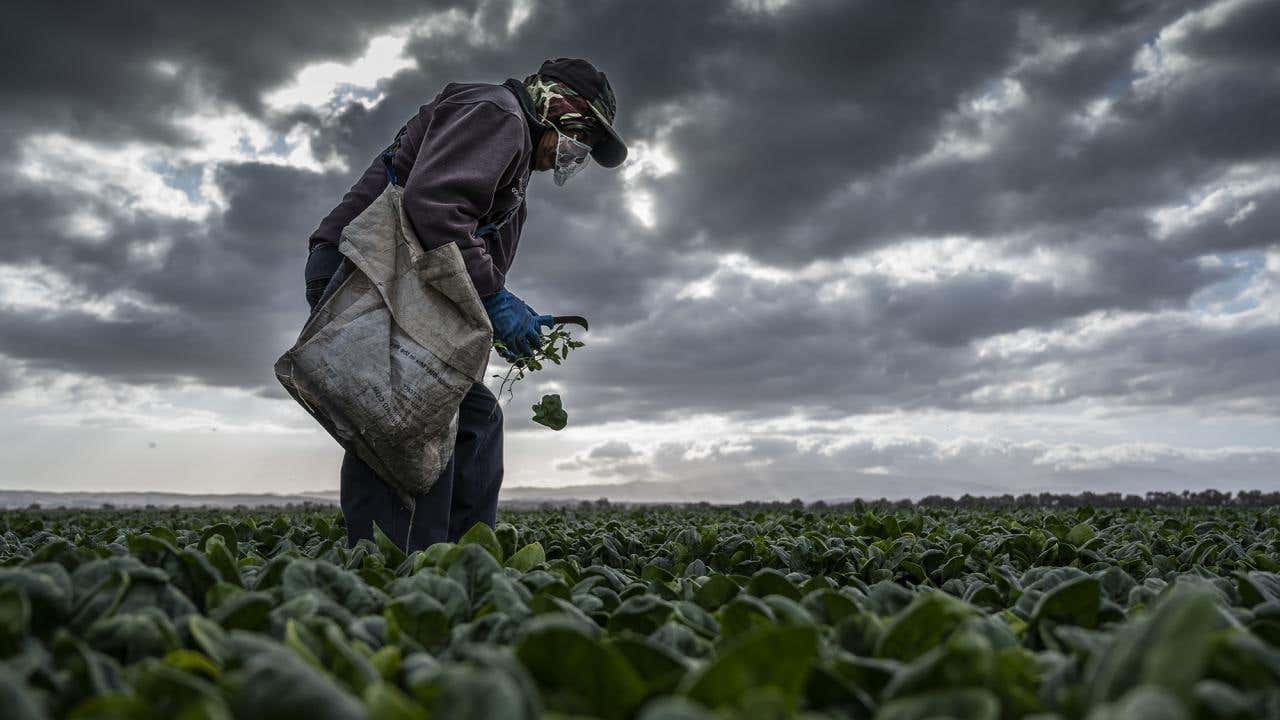Zinc can improve crop yields and climate resilience
New knowledge about zinc can change the way we cultivate crops, as plants can be made more climate-resilient.

Researchers have discovered that zinc plays a crucial role in the nitrogen fixation process of legumes. (CREDIT:
Western Center for Agricultural Health and Safety – UC Davis)
Researchers have recently unveiled the pivotal role zinc plays in the nitrogen fixation process of legumes. This breakthrough, coupled with the discovery of the transcriptional regulator Fixation Under Nitrate (FUN), holds the potential to transform legume-based agriculture. By optimizing crop efficiency and reducing dependence on synthetic fertilizers, these findings could pave the way for more sustainable agricultural practices.
Understanding how zinc and FUN regulate nitrogen fixation can significantly enhance nitrogen delivery, boost crop yields, and improve climate resilience. This resilience enables plants to better withstand extreme weather conditions, ensuring stable crop yields, reducing the need for artificial fertilizers, and allowing legume cultivation in previously unsuitable areas.
“Bacteria cooperate with legumes to fix nitrogen from the air in root nodules. However, the nodules are sensitive to environmental influences such as temperature, drought, flooding, soil salinity, and high concentrations of nitrogen in the soil,” explains Assistant Professor Jieshun Lin, the study's lead author.
Researchers from Aarhus University in Denmark, in collaboration with the Polytechnic University of Madrid and the European Synchrotron Radiation Facility in France, discovered that legumes utilize zinc as a secondary signal to integrate environmental factors and regulate nitrogen fixation efficiency. Published in Nature, the study reveals that FUN is a novel type of zinc sensor, decoding zinc signals in nodules and regulating nitrogen fixation.
“It’s truly remarkable to discover zinc’s role as a secondary signal in plants. It is a vital micronutrient, and it has never been considered as a signal before. After screening over 150,000 plants, we finally identified the zinc sensor FUN, shedding light on this fascinating aspect of plant biology,” Lin elaborates.
Related Stories
The research highlights that FUN is a critical transcription factor controlling nodule breakdown when soil nitrogen levels are high. “FUN is regulated by a peculiar mechanism that monitors cellular zinc levels directly. We show that FUN is inactivated by zinc into large filament structures and liberated into the active form when zinc levels are low,” explains Professor Kasper Røjkjær Andersen.
From an agricultural standpoint, sustained nitrogen fixation is a beneficial trait, increasing nitrogen availability for both the legume and co-cultivated or future crops. This nitrogen enrichment helps future crops relying on the residual nitrogen left in the soil after legumes are grown, laying the groundwork for future research aimed at managing farming systems more efficiently and reducing the use of nitrogen fertilizers and their environmental impact.
The implications of this research are profound. By understanding how zinc and FUN regulate nitrogen fixation, researchers are developing strategies to optimize this process in legume crops. Enhanced nitrogen delivery can improve crop yields and reduce the reliance on synthetic fertilizers, which carry both environmental and economic costs.
Researchers are now delving into the mechanisms by which zinc signals are generated and decoded by FUN. They are eager to apply these discoveries to legume crops such as faba bean, soybean, and cowpea, aiming to develop more resilient and efficient agricultural practices.
By advancing our knowledge of zinc's role in nitrogen fixation, this research not only promises to revolutionize legume-based agriculture but also underscores the importance of integrating environmental signals into crop management. The newfound understanding of zinc as a signal and FUN's regulatory role offers a fresh perspective on plant biology, with significant potential for improving agricultural sustainability and productivity.
Note: Materials provided above by The Brighter Side of News. Content may be edited for style and length.
Like these kind of feel good stories? Get The Brighter Side of News' newsletter.
Joshua Shavit
Science & Technology Writer | AI and Robotics Reporter
Joshua Shavit is a Los Angeles-based science and technology writer with a passion for exploring the breakthroughs shaping the future. As a contributor to The Brighter Side of News, he focuses on positive and transformative advancements in AI, technology, physics, engineering, robotics and space science. Joshua is currently working towards a Bachelor of Science in Business Administration at the University of California, Berkeley. He combines his academic background with a talent for storytelling, making complex scientific discoveries engaging and accessible. His work highlights the innovators behind the ideas, bringing readers closer to the people driving progress.



